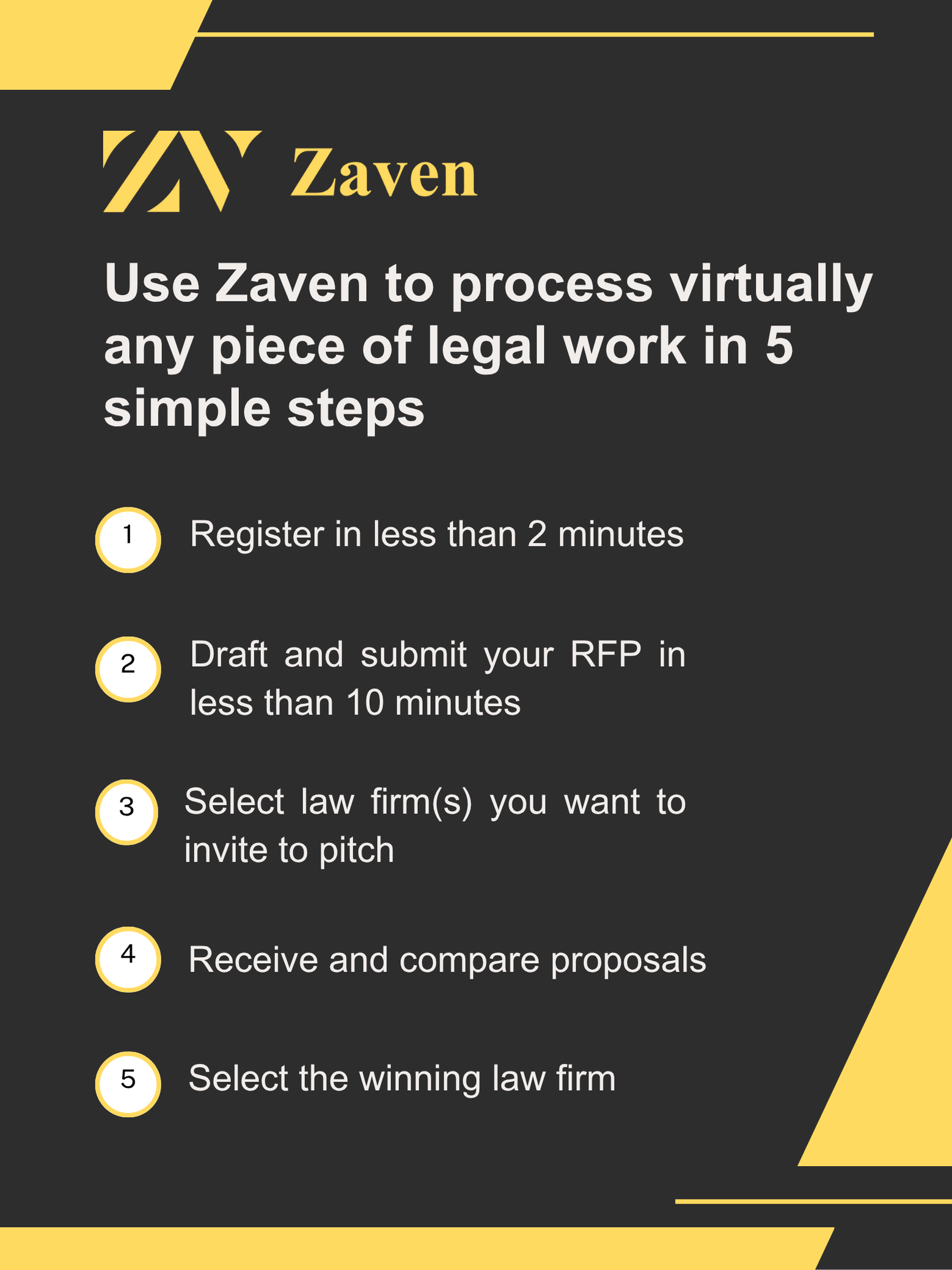Via William Josten. Senior Manager, Enterprise Content – Legal, Thomson Reuters Institute
Aaron Boersma from Google on AFA: “[Partners in law firms] must consistently make sure that the current workload across their teams is in line with the underlying statement of work. Doing this well takes work — hours that aren’t necessarily going to be billed”
On the subscription model his views are: “Subscription models are very advantageous for in-house legal teams. They remove a number of barriers to accessing outside counsel talent.” and allows in house to start work swiftly. I would think that both in house and outside counsel will adopt such model for less volatile work. No side wants to spend the time drafting the scope of work and end up on the wrong side of the stick for more volatile work (over or under utilisation).
I still have in mind that Eversheds-Tyco 2 year fixed fee agreement for EMEA related legal work (including some routine litigation, IP and commercial work but also some major litigation, M&A and antitrust work) thought to be worth 13 million GBP.
The article:
Practice Innovations: Clearly, certain types of work seem more amenable to alternative pricing. What are some examples of matter types or types of work that you think can more easily be considered ripe for alternative pricing?
Aaron Boersma: Alternative pricing has always been a challenge between law firms and their clients. As someone who has spent their entire career in the legal pricing and spend management space, I have seen first-hand the discomfort that exists on all sides when it comes to new, innovative pricing structures. We are, as an industry, slow to change, and adoption of AFAs extends beyond a variance from standard practice.
AFAs, from their inception, were widely considered to be a tool for law firms to drive realization and profitability, as opposed to a way to more efficiently package legal services. Most articles and publications after the 2008 Financial Crisis touted AFAs as a way for law firms to claw back to profitability. It would naturally make sense for a legal services buyer to think twice about AFAs to make sure that these sort of arrangements are not just an attempt on the part of their outside law firms to boost profits, but that the AFAs represent a more effective packaging of services that drive better outcomes and partnerships.
I also think it’s important to level-set that AFAs do require a more hands-on management approach than you would normally see under a typical hourly arrangement in order for them to be successful. Instead of looking at the total WIP [work-in-process] spend, a law firm partner has to pay much more attention to the substance of the legal work for an AFA. They must consistently make sure that the current workload across their teams is in line with the underlying statement of work. Doing this well takes work — hours that aren’t necessarily going to be billed — but this work has the potential to pay dividends with deep long-lasting partnerships.
Practice Innovations: What would be the best way for a firm that may be unfamiliar with using AFAs with their clients to begin the process?
Aaron Boersma: For law firms wanting to get started with AFAs, I would begin focusing on areas within your practice that represent the least amount of volatility. They are relatively simple for in-house counsel to review. And only your own imagination limits the structure of these arrangements.
Practically, I have seen companies of all shapes and sizes start with straightforward litigation matters for AFAs. Instances where facts, evidence, and timelines are straightforward are ripe for AFA opportunities. Really, any situation in which law firms can provide predictability in fees is a fantastic place to start.
Read the full article here: https://www.thomsonreuters.com/en-us/posts/legal/practice-innovations-subscription-pricing-models/







